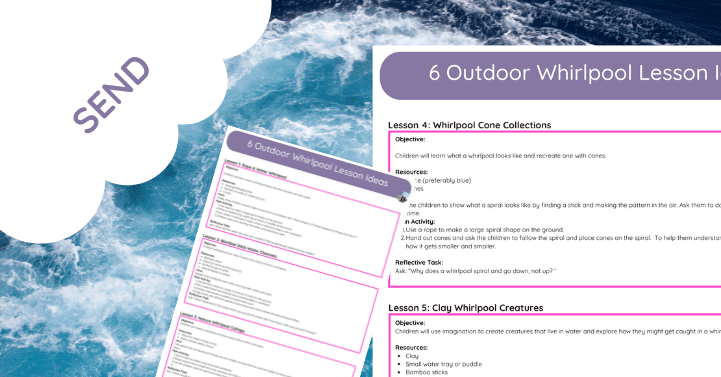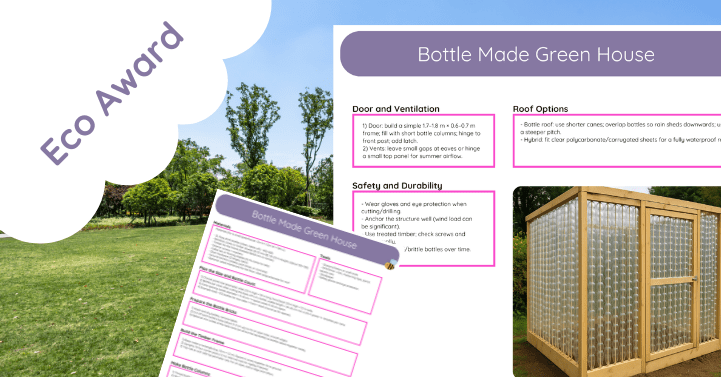Engage children in a hands-on, immersive learning experience with the Stone Age Foraging Worksheet! Designed for outdoor lessons, this activity sheet helps children explore the world of hunter-gatherers by identifying edible plants and berries, just as Stone Age people did.
Key Features:
- Observation Table: This table includes structured sections for recording plant names, locations, and sketches, encouraging students to think like early foragers.
- Discussion Questions: Thought-provoking prompts to spark conversations about survival challenges and sustainable practices.
- Reflection Section: Encourages deeper understanding by connecting the activity to the daily lives of Stone Age people.
Perfect for Key Stage 2 history lessons, this worksheet engages students by bringing prehistoric lifestyles to life while fostering teamwork, observation skills, and a connection to nature. Tailored for educational use, it’s a fun and interactive tool for outdoor learning!
Engaging students in outdoor lessons about Stone Age foraging offers a dynamic approach to understanding early human survival skills. By immersing learners in hands-on activities, they can better grasp the challenges and ingenuity of our ancestors.
The Value of Outdoor Learning
Experiential learning in natural settings enhances comprehension and retention. Programs like Forest Schools emphasize the importance of outdoor education in fostering personal growth and environmental awareness.
Implementing Stone Age Foraging Lessons
To effectively teach Stone Age foraging:
- Preparation: Educators should familiarize themselves with local flora, distinguishing between edible and non-edible species. It can be beneficial to utilize resources from organizations like the Field Studies Council.
- Guided Exploration: Lead students on nature walks to identify and document plants that Stone Age communities might have used. Encourage sketching and note-taking to enhance observational skills.
- Practical Activities: Incorporate tasks such as shelter building, tool making, and fire starting to provide a holistic understanding of Stone Age life. Workshops offered by groups like The Stone Age Company can serve as valuable references.
Benefits of This Approach
Such activities foster teamwork, critical thinking, and a deeper appreciation for history and the environment. Students develop practical skills and gain insights into sustainable living practices.
Further Resources
For more information on implementing these lessons, consider exploring the following:
- Green Estate’s Stone Age Workshops
- Prehistoric Experiences’ School Workshops
- Stanwick Lakes’ Heritage Education Programs
- Celtic Harmony’s Prehistory Trips
- Travelling Natural History Museum’s Stone Age Workshops
Integrating outdoor foraging lessons into the curriculum brings history to life and equips students with valuable life skills and a profound connection to their natural surroundings.












